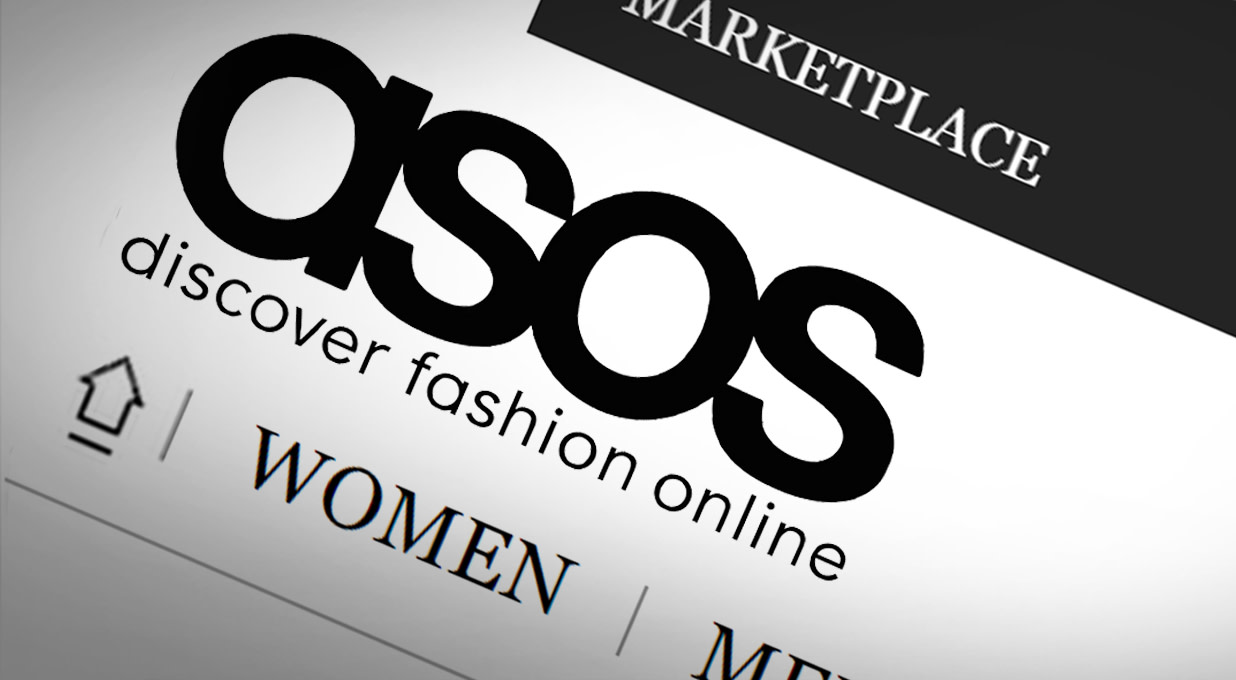ASOS has agreed to sell 75% of its stake in its Topshop and Topman brands to Danish firm Heartland for £135mn in cash. ASOS will hold the remaining 25% and enter into a joint venture with Heartland, retaining the right to sell a further 5% stake for £9mn.
The deal is subject to “customary antitrust approvals” and is expected to be completed in the final quarter of 2024.
ASOS is set to retire some of its debt due in 2026 by issuing longer-dated convertible debt. This will give the group more breathing room but will result in significantly higher interest costs on its borrowings.
Full-year guidance has been tweaked, with sales now expected to be “slightly below” the 5-15% decline previously expected. Underlying cash profit (EBITDA) is expected to be at the top end of analyst estimates, which currently stands at £75mn.
The shares rose 13.4% following the announcement.
Our view
ASOS’ announcement that it’s refinancing some debt and is set to sell a majority stake in its Topshop and Topman brands was well received by markets on the day. These actions should buy it some breathing room while it works hard to reshape the business, with the focus shifting to profitability and cash generation.
The transition involves removing unprofitable brands from the platform and re-evaluating the returns proposition. It isn't pretty, with sales declining at high double-digit rates and the group remaining loss-making. But markets are expecting sales to grow again in the new year, and there are already signs that ground-level operations are improving.
Efforts have been made to streamline inventory levels and a significant reduction in stock levels has freed up cash to invest elsewhere in the business. Although there is still more work to be done to right-size inventory levels, once this is accomplished, it should provide ASOS with some much-needed momentum.
Despite the improvements, there are still challenges to navigate. Last we heard, active customer numbers have declined 14% year-on-year. This means for now, profitability and cash flow will have to come from streamlining current operations and squeezing more out of each customer.
This needs to be managed carefully. Other retailers like Next, Shein and Temu are closing the gap, and compromising on what gives ASOS an advantage in service, like convenient delivery and returns, could impact long-term growth. The intense competition could also signal downward pressure on pricing, which may further hamper efforts to rebuild the bottom line.
And, as part of the profitability drive, ASOS reallocated resources away from international markets, where extensive investment has so far yielded weak results. But cutting costs in areas like this could be problematic in the long run. International markets, especially the US, hold the key to the group's future growth, and sacrificing investment in these markets now could come back to bite ASOS when conditions recover.
While refinancing debt is nothing out of the norm, looking into the numbers, the new debt carries much higher interest costs with it. That’s likely a sign that lenders are being more cautious about loaning money to ASOS, due to its poor underlying performance of late.
Offloading the Topman and Topshop brands has brought in plenty of cash to help pay these higher financing costs. But it’s a short-term solution and we’d like to see some concrete signs that profitability’s improving before we share the market’s positive reaction to the news.
Ultimately, there are long-term opportunities for ASOS, but short to medium term challenges shouldn't be overlooked. Transformation activities look to be progressing but as other retailers close the gap, there is additional pressure to deliver. While the current valuation looks attractive, investors should expect a bumpy ride.
ASOS key facts
All ratios are sourced from Refinitiv, based on previous day’s closing values. Please remember yields are variable and not a reliable indicator of future income. Keep in mind key figures shouldn’t be looked at on their own – it’s important to understand the big picture.
This article is not advice or a recommendation to buy, sell or hold any investment.No view is given on the present or future value or price of any investment, and investors should form their own view on any proposed investment.This article has not been prepared in accordance with legal requirements designed to promote the independence of investment research and is considered a marketing communication.Non - independent research is not subject to FCA rules prohibiting dealing ahead of research, however HL has put controls in place(including dealing restrictions, physical and information barriers) to manage potential conflicts of interest presented by such dealing.Please see our full non - independent research disclosure for more information.


